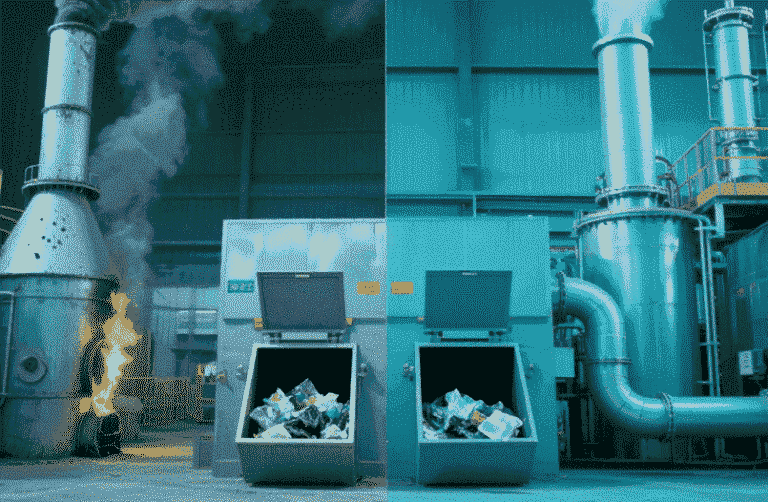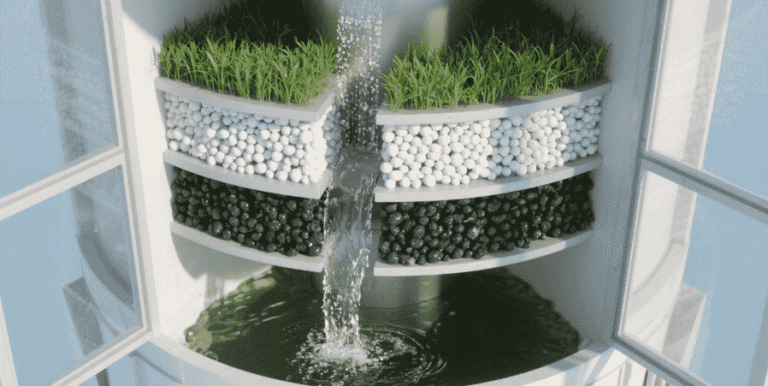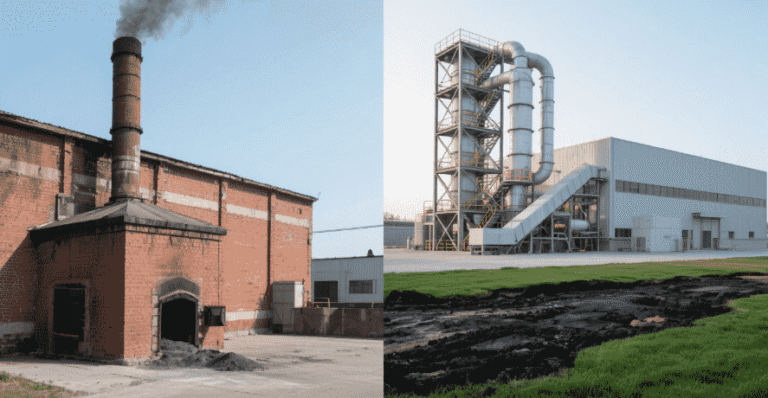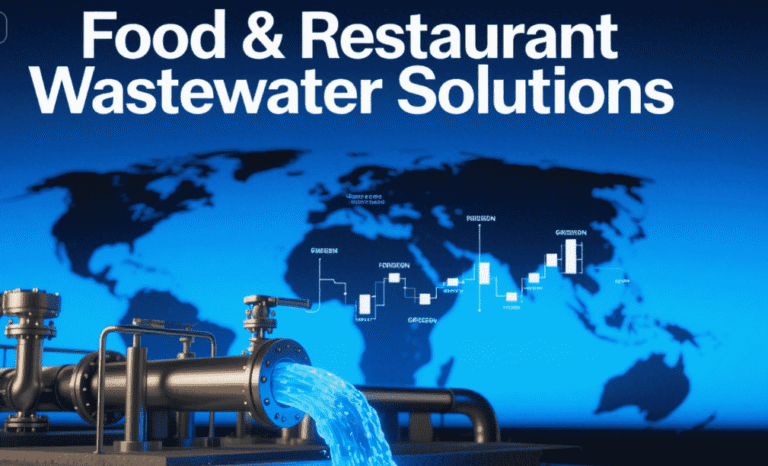Welcome to My Blog! 🌟
I’m so glad you’re here! Before we jump into the exciting content, I’d love for you to connect with me on my social media platforms. It’s where I share extra insights, interact with our amazing community, and post regular updates. Here’s how you can join the conversation:
📘 Facebook: Follow me on Facebook for more updates
Now, let’s dive into the journey ahead. I hope you find everything here both engaging and valuable. Together, let’s explore, learn, and grow! 🚀
Table of Contents
Introduction
Residential wastewater treatment plants play a critical role in managing and treating household sewage and wastewater before it reenters the environment or municipal systems. As populations grow and environmental regulations tighten, upgrading existing residential wastewater treatment plants has become an essential strategy to ensure sustainable, efficient, and compliant operations. Upgrades typically involve the integration of advanced equipment and technologies that improve treatment capacity, efficiency, and environmental performance.
In this article, we will explore eight positive impacts that result from upgrading residential wastewater treatment plants. Emphasis will be placed on how equipment enhancements drive these benefits and why modernizing your treatment plant can be a game-changer for residential communities.
Enhanced Efficiency Through Modern Equipment in Residential Wastewater Treatment Plants
One of the most immediate and noticeable impacts of upgrading a residential wastewater treatment plant is a significant improvement in operational efficiency. Many older residential wastewater treatment plants still rely on mechanical systems and equipment that were designed decades ago. These legacy systems tend to be prone to frequent breakdowns, require extensive manual intervention, and consume excessive amounts of energy, all of which increase operating costs and reduce overall reliability.
By integrating modern, high-performance equipment such as high-efficiency pumps, automated control systems, and energy-saving aerators, plants can drastically optimize their wastewater treatment processes. High-efficiency pumps, for instance, are engineered to deliver the required flow rates with reduced energy input, often employing variable frequency drives (VFDs) to adjust pumping speeds dynamically based on real-time demand. This not only reduces electricity consumption but also minimizes mechanical wear and tear, extending equipment lifespan.
Automated control systems have revolutionized plant operations by enabling continuous, real-time monitoring of critical water quality parameters such as pH, turbidity, chemical oxygen demand (COD), and flow rates. These advanced control panels communicate data instantly to operators, allowing them to proactively adjust process variables and schedule predictive maintenance before minor issues escalate into costly downtime. This automation reduces human error, standardizes treatment procedures, and enhances the consistency of effluent quality, helping plants maintain compliance with increasingly strict regulatory standards.
Energy-saving aerators, often using fine bubble diffusion technology, improve oxygen transfer efficiency in biological treatment tanks. This improvement enhances the microbial breakdown of organic contaminants while consuming less power than traditional coarse bubble or mechanical aerators. The result is more effective treatment with reduced operational costs.
Upgraded equipment also facilitates modular expansion strategies. Instead of requiring costly and disruptive plant-wide renovations to increase capacity, treatment plants can now incrementally add modular units such as additional aeration basins or membrane filtration modules. This flexibility allows plants to adapt easily to increasing wastewater volumes driven by residential growth or seasonal population surges, thereby future-proofing the plant investment and avoiding capacity bottlenecks.
Furthermore, modern equipment tends to be more compact and user-friendly, which optimizes plant layout and reduces the physical footprint. This is especially important in densely populated residential areas where space is limited. By streamlining plant operations and minimizing resource use, upgraded equipment plays a pivotal role in improving the sustainability and resilience of residential wastewater treatment plants.
Improved Environmental Compliance and Reduced Pollution
Another critical benefit of upgrading residential wastewater treatment plants is the significant enhancement in environmental compliance and pollution control. As environmental regulations evolve worldwide, standards for effluent quality, nutrient discharge, and pathogen removal are becoming more stringent. Many legacy systems struggle to consistently meet these requirements due to their limited treatment capabilities and aging infrastructure.
Modern treatment technologies, such as membrane bioreactors (MBRs), ultraviolet (UV) disinfection systems, and advanced nutrient removal units, represent the forefront of wastewater treatment innovation. These technologies provide far superior contaminant removal performance compared to traditional activated sludge or lagoon systems.
Membrane bioreactors combine conventional biological treatment with membrane filtration, effectively acting as a physical barrier to solids, bacteria, and even viruses. This dual action results in an effluent with dramatically reduced biological oxygen demand (BOD), suspended solids, total nitrogen, and phosphorus. The improved effluent quality protects receiving water bodies from eutrophication—a process that causes harmful algal blooms and aquatic life degradation.
UV disinfection systems offer an environmentally friendly alternative to chemical disinfectants such as chlorine. By exposing treated effluent to UV light, harmful microorganisms including bacteria, viruses, and protozoa are inactivated without introducing potentially harmful residual chemicals into the environment. This method also reduces the generation of disinfection by-products that can be toxic.
Upgraded sludge management equipment plays an equally important role in reducing the environmental footprint. Enhanced sludge dewatering systems, anaerobic digesters, and thermal dryers stabilize biosolids, significantly reducing their volume and potential odor emissions. By lowering the mass of biosolids requiring disposal, plants reduce landfill usage and mitigate greenhouse gas emissions from organic waste decomposition.
Furthermore, modern facilities often integrate water reuse technologies that allow treated wastewater to be recycled for non-potable purposes such as irrigation, toilet flushing, and industrial cooling. This reuse reduces the demand for freshwater resources and contributes to a circular water economy within residential communities.
Altogether, these upgrades reduce pollutant loadings, protect local ecosystems, and ensure compliance with environmental laws. They also bolster the reputation of residential wastewater treatment plants as responsible environmental stewards, fostering greater community trust and support.
Cost Savings and Energy Efficiency from Equipment Upgrades

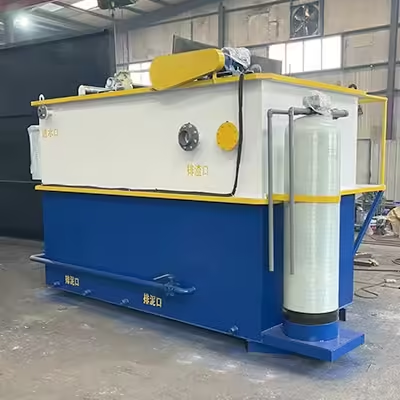

While upgrading a residential wastewater treatment plant may involve upfront capital expenditure, the long-term cost savings can be substantial. Modern equipment is designed for energy efficiency and lower maintenance costs. For example, energy-efficient blowers and aerators reduce electricity consumption, which is often one of the largest operational costs in wastewater treatment.
Variable frequency drives (VFDs) installed on pumps and motors allow precise control of energy use based on demand, further reducing utility bills. Additionally, automated monitoring reduces labor costs by decreasing the need for manual inspections and interventions.
Improved reliability and durability of new equipment also mean fewer unplanned shutdowns and repair costs. These savings can quickly offset the investment in upgraded technology and contribute to a more sustainable financial model for residential wastewater treatment plants.
Table: Comparison of Legacy vs. Upgraded Equipment in Residential Wastewater Treatment Plants
| Aspect | Legacy Equipment | Upgraded Equipment | Impact |
|---|---|---|---|
| Energy Consumption | High, inefficient motors and blowers | Energy-efficient motors, VFDs, optimized aerators | Reduced operational costs |
| Automation Level | Manual controls, frequent human error | Advanced SCADA systems with real-time monitoring | Improved treatment consistency |
| Treatment Quality | Limited contaminant removal | Membrane filtration, UV disinfection | Enhanced effluent quality |
| Maintenance Frequency | Frequent breakdowns | Durable components, predictive maintenance | Lower downtime and maintenance |
| Environmental Compliance | Basic compliance, risk of violations | Meets stringent standards with nutrient removal | Reduced pollution and fines |
Increased Capacity and Flexibility for Growing Residential Areas
As residential areas expand, wastewater treatment plants face increasing demand for capacity. Upgrading equipment allows residential wastewater treatment plants to accommodate higher flows without compromising treatment quality. Equipment upgrades such as larger or additional aeration tanks, more powerful pumps, and modular treatment units enable plants to scale operations effectively.
Furthermore, upgraded plants can handle varying flow rates more efficiently, managing peak loads during high water usage periods and adjusting during lower demand. This operational flexibility is crucial for residential wastewater treatment plants serving communities with fluctuating populations or seasonal variations.
By investing in scalable and adaptable equipment, treatment plants can meet future growth demands without costly and disruptive expansions.
Enhanced Safety and Worker Conditions Through Modern Equipment
Older residential wastewater treatment plants often operate with equipment that presents safety risks due to outdated design, exposure to hazardous chemicals, and manual handling requirements. Upgrading to modern equipment improves worker safety by automating dangerous processes, enclosing hazardous areas, and implementing better ergonomics.
New safety features such as remote monitoring, automatic shutdowns, and alarm systems protect operators from accidents and exposure to harmful substances. Additionally, improved ventilation and odor control systems enhance the working environment, reducing respiratory risks.
These safety upgrades not only protect workers but also ensure compliance with occupational health and safety regulations, fostering a safer and more productive workplace.
Reduced Environmental Footprint with Advanced Wastewater Treatment Equipment
Upgraded residential wastewater treatment plants contribute to sustainability by minimizing resource use and reducing emissions. Modern equipment often incorporates energy recovery systems, such as biogas capture from anaerobic digesters, which can be used to generate electricity or heat onsite.
Water reuse technologies, enabled by advanced filtration and disinfection equipment, allow treated water to be repurposed for irrigation, flushing, or industrial use, reducing freshwater consumption. Furthermore, improved nutrient removal systems reduce nitrogen and phosphorus discharge, which are major contributors to eutrophication in water bodies.
By integrating these technologies, residential wastewater treatment plants lower their environmental impact, align with green building standards, and contribute positively to community sustainability goals.
Conclusion
Upgrading a residential wastewater treatment plant is a strategic investment that delivers multiple positive impacts, from enhanced treatment efficiency and compliance to cost savings and environmental benefits. By focusing on equipment improvements, residential wastewater treatment plants can meet growing demands, improve safety, and reduce their ecological footprint.
Modern technologies empower these plants to operate smarter, cleaner, and more reliably, ensuring the health and well-being of the communities they serve. For residential wastewater treatment plant operators, embracing upgrades is not just an option but a necessity for sustainable and future-ready wastewater management.
FAQ
How often should residential wastewater treatment plants consider upgrading equipment?
Upgrades depend on factors such as plant age, regulatory changes, capacity needs, and technology advancements. Typically, a comprehensive review every 5-10 years is recommended.
What is the most cost-effective equipment upgrade for small residential plants?
Installing energy-efficient pumps and aerators along with automation controls usually provides the best return on investment.
Can upgraded plants handle more complex wastewater compositions?
Yes, advanced treatment technologies like membrane bioreactors and nutrient removal systems enable plants to treat complex and variable wastewater more effectively.
How do upgrades impact regulatory compliance?
Upgraded equipment ensures plants meet or exceed current environmental standards, reducing the risk of fines and improving community relations.
Are there government incentives for upgrading residential wastewater treatment plants?
Many regions offer grants, low-interest loans, or tax incentives to encourage wastewater infrastructure improvements. It is advisable to consult local authorities for available programs.



